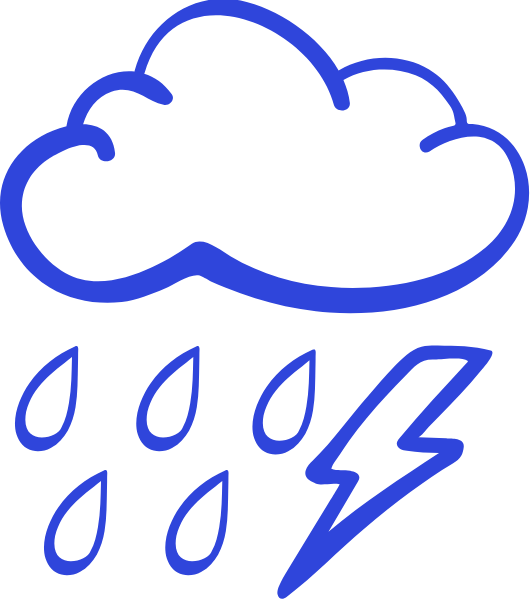National Pollutant Discharge Elimination System (NPDES)
The United States (US) Clean Water Act (CWA), or law establishes the basic structure for regulating discharges of pollutants into the waters of the US and regulating quality standards for surface waters.
The basis of the CWA was enacted in 1948 and was called the Federal Water Pollution Control Act, but the Act was significantly reorganized and expanded in 1972 with amendments, and it became know as “Clean Water Act.”
As per this law, it unlawful to discharge any pollutant from a point source into navigable waters, unless a permit was obtained. The US Environmental Protection Agency (EPA’s) National Pollutant Discharge Elimination System (NPDES) permit program controls discharges.
The US EPA’s NPDES permit is to discharge a specified amount of a pollutant into a receiving water under certain conditions. Permits may also authorize facilities to process, incinerate, landfill, or beneficially use sewage sludge.
As per the US EPA two (2) basic types of NPDES permits issued are individual and general permits.
- An individual permit is a permit specifically tailored to an individual facility. Once a facility submits the appropriate application(s), the permitting either the federal or state authority develops a permit for that particular facility based on the information contained in the permit application (e.g., type of activity, nature of discharge, receiving water quality). The federal or state authority issues the permit to the facility for a specific time period (not to exceed five years) with a requirement that the facility reapply prior to the expiration date.
- A general permit covers a group of facilities or dischargers with similar qualities within a given geographical location.
